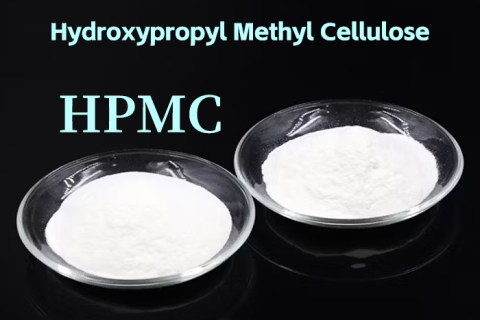
- Home
- >
News
Hydroxypropyl Methylcellulose (HPMC) is an essential additive in modern dry-mix construction materials. As a high-performance cellulose ether, HPMC improves water retention, enhances workability, and provides consistency in various mortar systems.
As a professional chemical material supplier, EASTCHEM has been providing high-quality HPMC (Hydroxypropyl Methylcellulose) products and comprehensive procurement solutions for the construction industry.
HPMC is more than just a water retainer. It's a versatile polymer boosting efficiency and quality in your projects.
Industrial Grade Hydroxypropyl Methylcellulose (HPMC) is a versatile additive widely used in the construction materials industry. It provides exceptional performance characteristics for wall putty and tile adhesives, making it an indispensable key ingredient in these products.
Hydroxypropyl methylcellulose (HPMC) is a chemically modified cellulose polymer widely used in building materials. Its primary functions include enhancing the performance of mortars and cement, improving construction quality, and offering environmental benefits.
Hydroxypropyl Methylcellulose (HPMC) serves as a high-performance building material modifier that plays a crucial role in the construction industry. Its outstanding adhesive properties, rheological property adjustment, and water resistance make it widely used in products such as cement mortar, tile adhesives, and coatings. By enhancing adhesion, improving water resistance, and adjusting rheological characteristics of building materials, HPMC brings innovation to the construction sector, establishing itself as an indispensable material.
HPMC is hydroxypropyl methylcellulose. It is a kind of non-ionic cellulose mixed ether, which is made from alkalized refined cotton, using propylene oxide and methyl chloride as etherification agents, and is obtained through a series of reactions. The degree of substitution is usually 1.2-2.0. The ratio of methoxyl content and hydroxypropyl content varies.
HPMC cellulose is a synthetic polymer chemically modified from natural cellulose. It is composed of part of the hydroxypropylmethyl (Hypromellose) groups in the natural polymer chain of cellulose. This compound is a white to off-white powder with good solubility in water to form a transparent colloidal solution.










